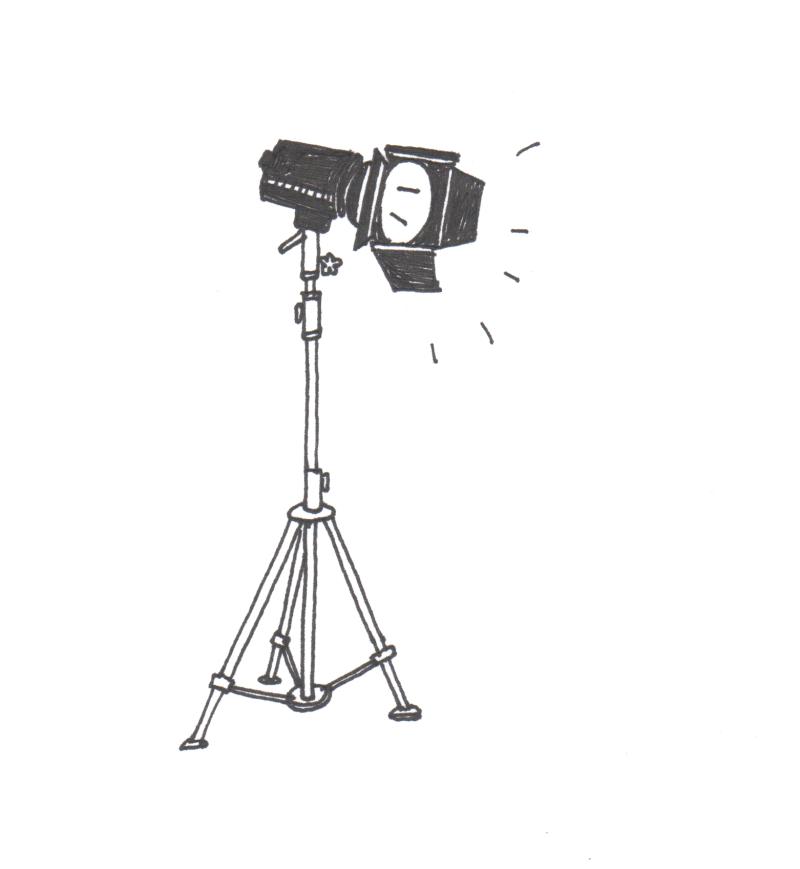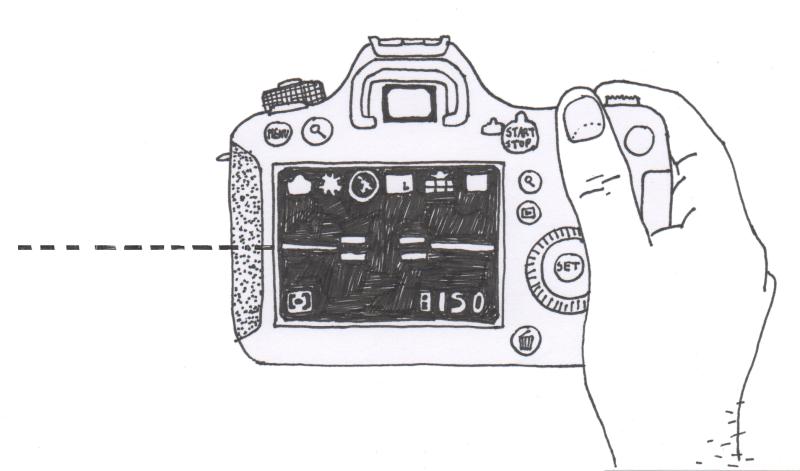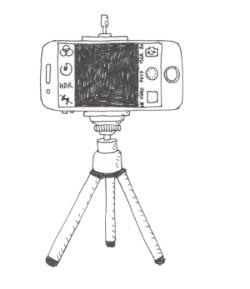How do I photograph my artwork?

A cool online profile with beautiful photos of your work is an absolute asset for any artist. Galleries and museums therefore hire reproduction photographers to create the most accurate representation of each work of art. Is that not yet the case with you? With these 11 tips from experts, you can take good photos of your work yourself.
1. Use daylight
If possible, use daylight to photograph your work. An overcast day is ideal (bright sunlight creates harsh shadows). Turn off all other lights, which can cause an unwanted color cast.
2. Avoid reflections
Pay attention to reflections on your artwork. Do you photograph 2D works (paintings, drawings, etc.)? Then avoid reflections, by tilting or rotating your work slightly. Also, turn off your camera's flash function to avoid smudges.
For 3D works (sculpture, ceramics, ...), reflections can add value. They make the volume more tangible and give curves extra attention.
3. Be careful with color
A blue wall, a green lawn, your own bright yellow outfit? Chances are these bright colors will affect your photo. Find a neutral setting ... and outfit.
4. Background
Choose a neutral background. White (clean, fresh), black (contrast) or gray (neutral) work best. Watch out for distracting elements in the background (curtains, electrical outlets, a roommate).

5. From big to small
Do you need to photograph a series of artworks? Then decide on your arrangement based on your largest work, as that remains the same for smaller works.
6. Zoom
Use the zoom function of your smartphone as little as possible. It causes quality loss of your image. Rather, stand closer to your artwork.
7. Focus
Is your subject in focus? On a smartphone, you can tap the subject on your screen to focus on it. With a good camera, use autofocus or manual focus.
8. Frame with attention
With or without a border, with little or more background: it's up to you, as long as it's done with care. Again: keep that roommate (and yourself) out of the picture.

9. Level
For 2D work, the rule of thumb is: photograph your work straight on straight. As much as you want to put dynamics in your photo with diagonals, for a reproduction photo keep your camera level. Walls, tables or windows can serve as reference points. Do you have a tripod? Even better!
If you are photographing a 3D artwork, then you can play with the right angle to create volume.
10. Post-processing
Did something go wrong? Is there an annoying color cast on your photo after all? An unnoticed electrical outlet? Then post-processing programs like Lightroom are a blessing. But also to subtly add some contrast to your photo, or to raise your exposure a little. Rule of thumb: everything in moderation!
11. Naming
Your photos are ready, just save them then? Remember to give your files a clear name. Both for yourself, and in case you submit them to a contest, or upload them to an online profile like Image. Choose a structure that works for you, e.g. date_first_name_title artwork.

EXTRA: Bring your studio into the picture as well
Would you also like to give a look behind the scenes? Evenbeeld's photographers will give you tips on how to capture your studio as well.

